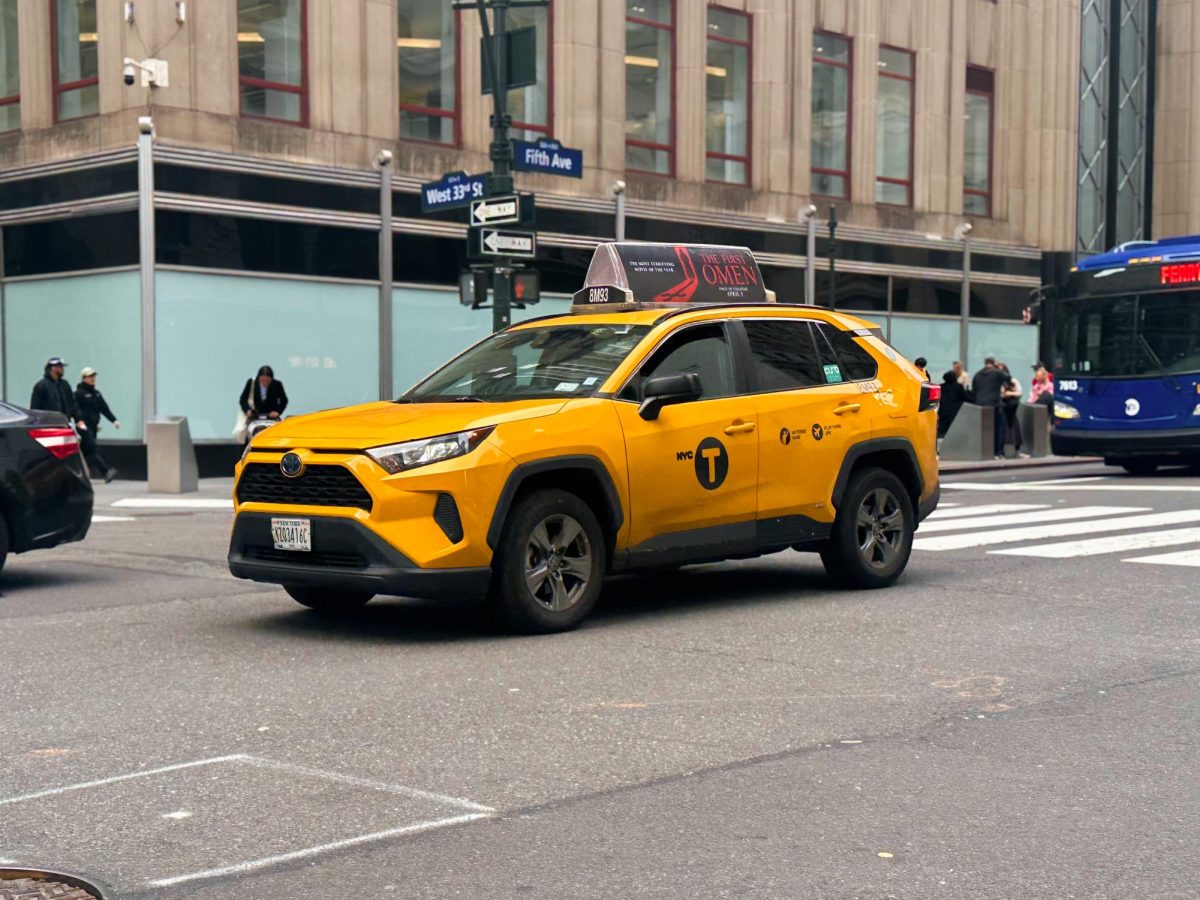Every year, many teenagers are killed in motor vehicle crashes, and hundreds of thousands are injured and in need of emergency assistance. Teenagers cause 11 percent of the total costs of motor vehicle injuries. When first going on the road after obtaining a driver’s license, the driver is inexperienced and nervous.
According to the Centers for Disease Control and Prevention, “Teens are more likely than older drivers to underestimate dangerous situations or not be able to recognize hazardous situations. Teens are also more likely than adults to make critical decision errors that lead to serious crashes.”
Teenagers tend to underestimate situations because they lack experience compared to adults. Adults have learned how to utilize and understand their peripheral when driving, which teens are just beginning to adjust to.
Teenagers tend to speed as new drivers, especially with another teenager in the car with them. Peer pressure can often lead teenagers to act recklessly without considering the consequences of their actions. Many teenagers drive to and from parties past dusk. Forty-eight percent of teen motor vehicle deaths occur between 3 p.m. and midnight, and 52 percent occur on Friday, Saturday and Sunday — typical party days. Additionally, teens have the lowest seat belt use compared to other age groups. When looking at male teen drivers in 2015 who were involved in fatal crashes, 32 percent were speeding at the time of the crash and 22 percent had been drinking.
All these statistics lead to the conclusion that teenagers are not fit to drive, at least not without proper training and hours of practice. Young adults ages 15 and 16 are too young to be on the road. They are responsible for not only their own lives, but also the lives of the passengers in their cars and the other drivers on the road.
In 2015, 15 percent of teenagers involved in fatal crashes had blood alcohol content at or over 0.08 percent. Teenagers have and will always drink, and often overestimate their capabilities after doing so. Trying to stop this will not result in any change, but preventing the teenagers that do drink from driving can.
The age to obtain a driver’s license should be raised to 18. New young adults are obtaining mass amounts of new responsibility as they prepare to go off to college, join the workforce or plan the rest of their future, therefore making them prime candidates for a driver’s license.
Additionally, anyone who is going to take their license should have a required 30 hours of driving beforehand. Having actual experience on the road will allow new drivers to learn quicker. Teenagers who drink early on will not be in the proper state of mind, but an 18-year-old will be more responsible and be warier of their decisions for they are now legal adults.
There is a reason most coming-of-age responsibilities are limited to being 18 years old or 21 years old — driving should not be an exception. Teenagers need to experience life a bit more and develop the necessary skills before having access to something as consequential as driving.













